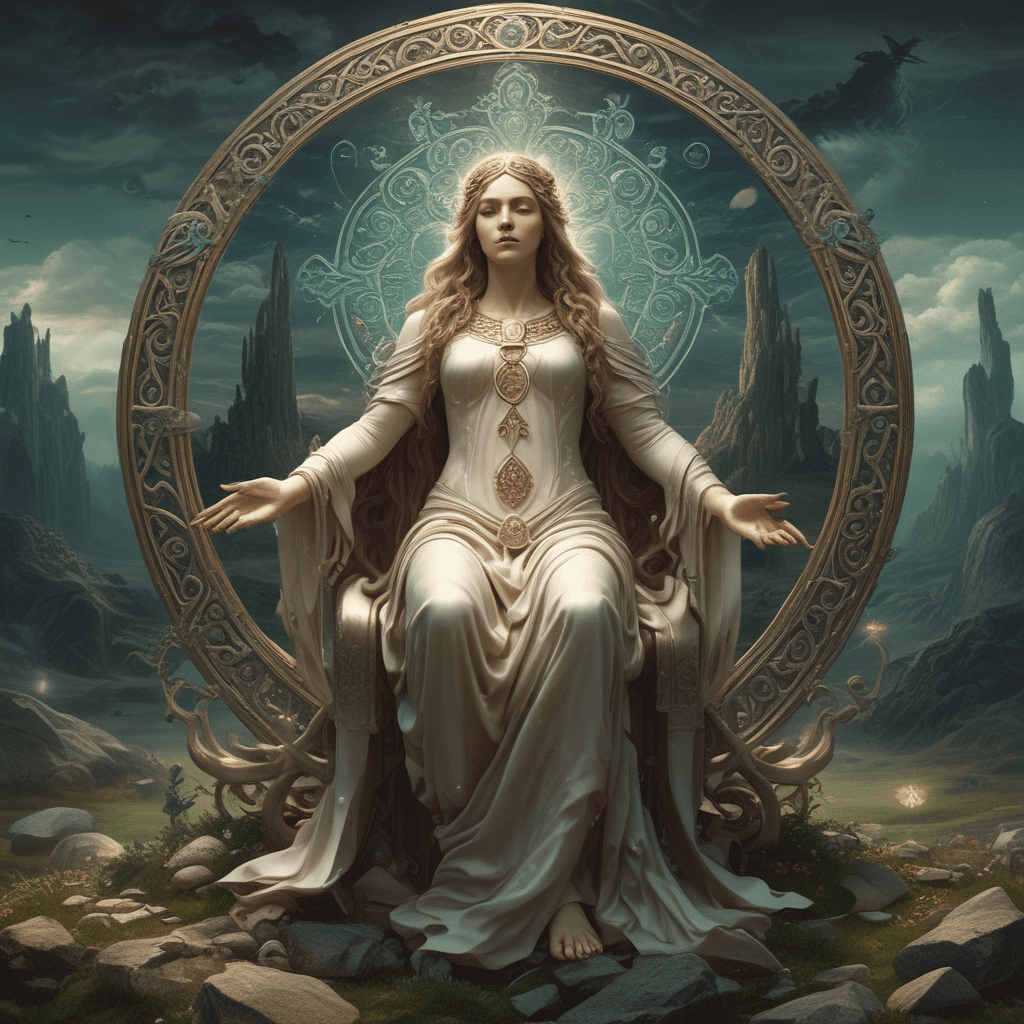The Concept of Afterlife in Celtic Mythology
What is the Celtic concept of the afterlife?
In Celtic mythology, the afterlife was often seen as a realm known as the “Otherworld” or “Tír na nÓg.” This realm was believed to be a place of eternal youth, beauty, and joy where the spirits of the deceased resided. It was often envisioned as a lush, green land where the spirits of the dead could live on in peace and happiness.
How did the Celts believe one could reach the afterlife?
The Celts believed that the afterlife could be reached through various means. One common belief was that certain individuals, such as heroes or kings, could gain entry to the Otherworld through special feats or quests. Additionally, it was believed that rituals and ceremonies could help guide the souls of the deceased to the afterlife.
What were some myths and legends related to the Celtic afterlife?
One of the most famous Celtic myths related to the afterlife is the story of Oisín and Tír na nÓg. In this tale, Oisín, a great warrior, falls in love with Niamh, a princess from the Otherworld. He travels with her to Tír na nÓg, where he lives happily for what seems like three years, only to return to Ireland and find that centuries have passed. This story highlights the timeless and mystical nature of the Celtic afterlife.
How does the concept of afterlife in Celtic mythology differ from other religions?
Unlike many other religious traditions, the Celtic concept of the afterlife was often portrayed as a joyful and peaceful existence, rather than a realm of punishment or reward based on one’s actions in life. The focus was more on eternal life in a blissful realm rather than a strict judgment of one’s deeds. Additionally, the Celts believed in the idea of reincarnation, where the soul could return to live another life on Earth.
FAQs about the Concept of Afterlife in Celtic Mythology
What is the concept of the afterlife in Celtic mythology?
In Celtic mythology, the afterlife is often portrayed as a mystical realm where the souls of the deceased journey after passing from the earthly realm. The Celtics believed in an Otherworld, a place of eternal beauty and joy, where the spirits of the dead would reside.
Is there a specific name for the afterlife in Celtic mythology?
The afterlife in Celtic mythology is often referred to as the “Otherworld” or “Tír na nÓg.” It is described as a land of youth, beauty, and happiness, where the souls of the departed could continue their existence in peace and harmony.
What are some beliefs about the journey to the Celtic afterlife?
Celtic mythology suggests that the journey to the afterlife was guided by deities such as the psychopomps, who helped souls navigate the transition from the earthly realm to the Otherworld. It was believed that this journey involved crossing bodies of water or traversing mystical landscapes.
Are there different realms within the Celtic afterlife?
Yes, Celtic mythology describes different realms within the afterlife, each with its unique characteristics. These realms include variations of the Otherworld such as the Summerland, Annwn, and Mag Mell, where souls could experience different



